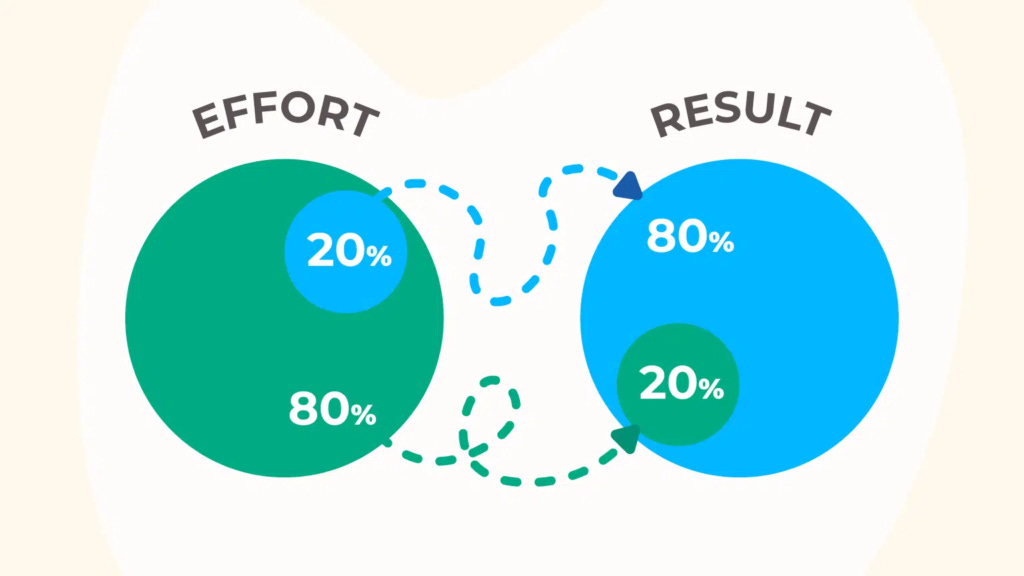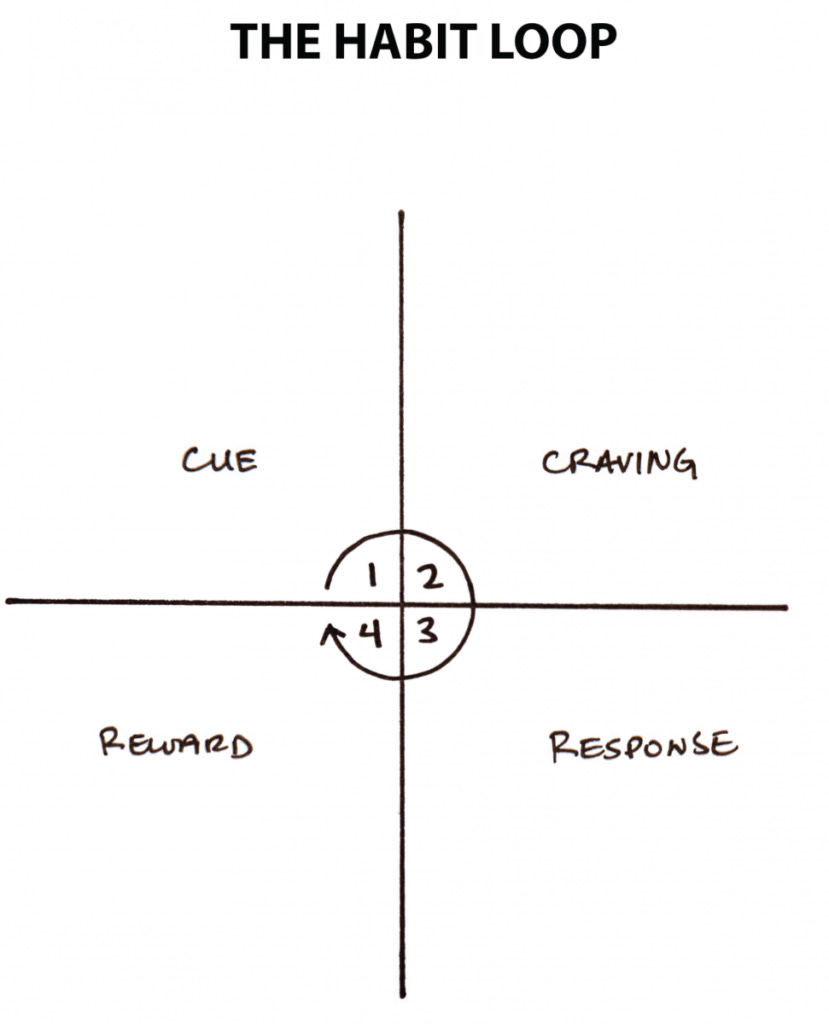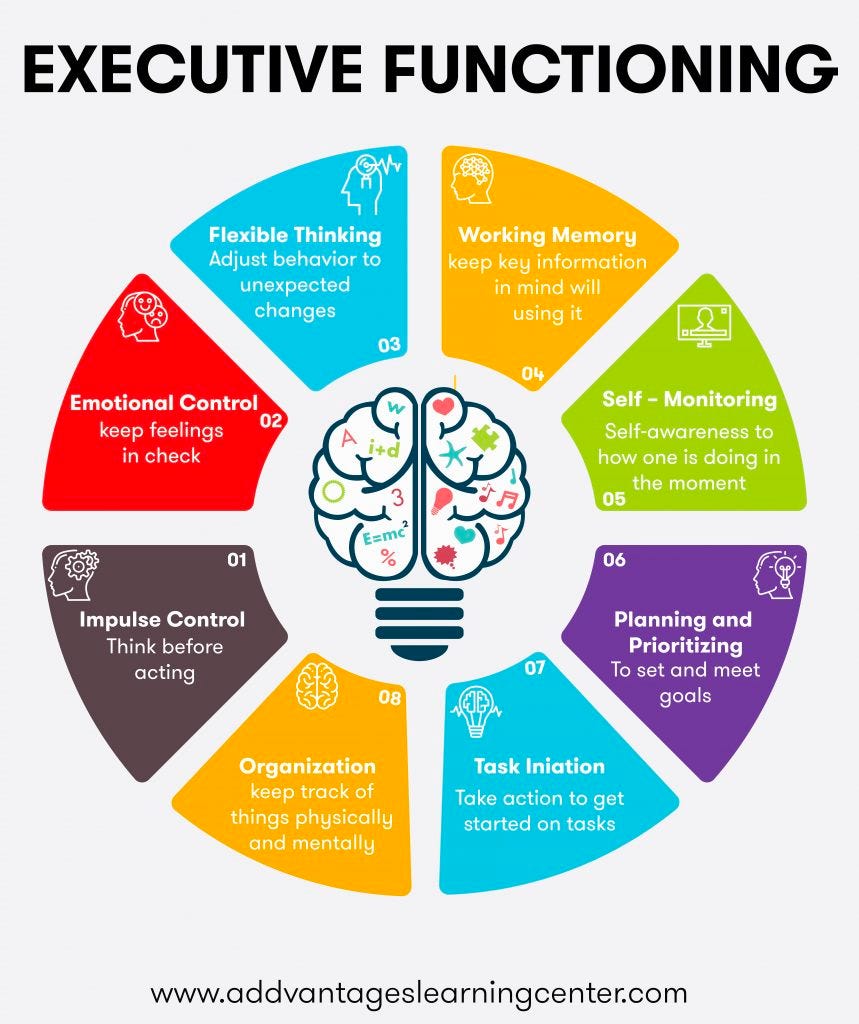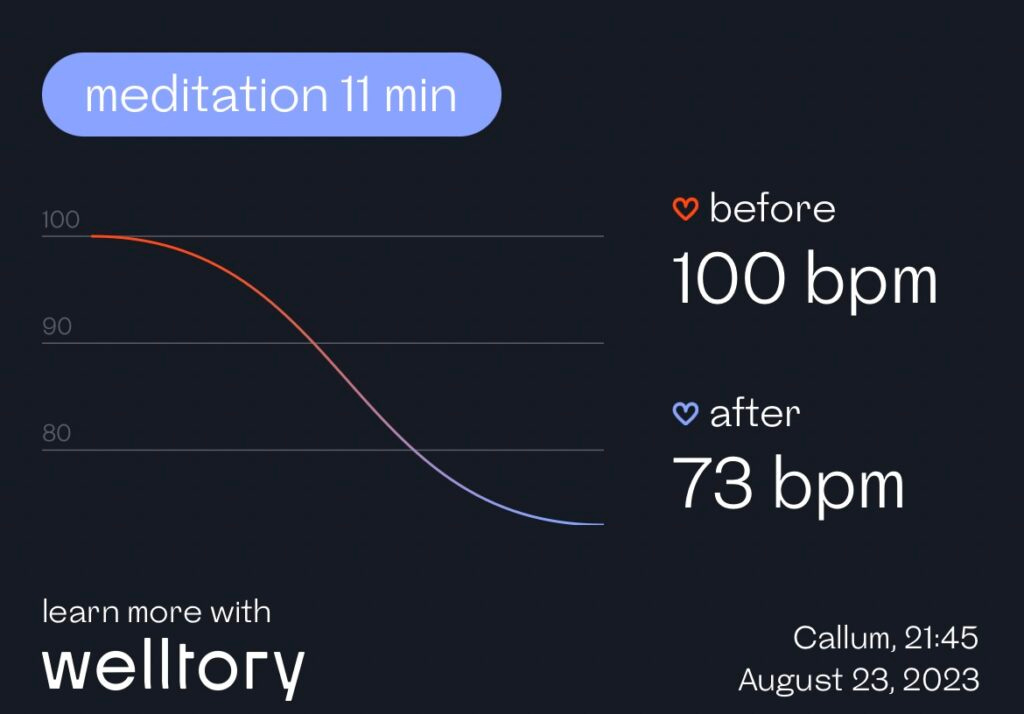Welcome to Recalibrating! My name is Callum (@_ wanderloots)
Join me each week on my journey to better life in every way possible, reflecting and recalibrating along the way to keep from getting too lost.
Thanks for sharing the journey with me ✨
This week we are going to talk about habits, executive function, and developing automation systems to improve the quality of our lives.
You can read the online version here.
Introduction and Connection to Last week:
There are quite a few new subscribers this week! Thank you so much for joining us on our journey towards self-actualization ✨
Last week, we continued on our journey of Maslow's Hierarchy level 2 by touching on what Artificial Intelligence is, why it has been so hyped in the news lately, and how we can learn to live with AI to make our lives easier.
This week, we are going to continue by discussing how automation systems can be used to save time, reduce distraction, improve mental health, and generally improve the quality of our lives.
Let's dive in ✨
Note: Level 1 of Maslow's Hierarchy was covered in Entries 1-5 and Level 2 of Maslow's Hierarchy began at Entry #6 if you would like to catch up later.
Automating Self-Regulation
Before we consider what actions to automate, it is important to ask: what actions should we automate? It's very easy to get lost in the details of automation, trying to automate everything we can, without considering what is actually worth automating.
The best way (in my opinion) to determine which tasks are worth automating is to identify the actions in our lives that either (1) take the longest or (2) cause us the most stress (dysregulation).
Next, apply the Pareto Principle (80/20 Rule) to see which of these actions are having the greatest impact on our time and stress. The 80/20 rule is that 80% of outputs are caused by 20% of inputs. Almost everything in life follows this principle.
In other words, 20% of our actions are probably causing 80% of our wasted time and stress. By identifying the specific actions causing these problems, we need only automate 20% of the inputs to have the maximum effect.
Over time, these actions can be reassessed and our automation system can be recalibrated to take into account the ever-changing nature of our lives.
But what is automation? How can this be applied to the flywheels of our lives and passive income generation to provide Mental Safety and Financial Security? (see Entry #8 for more information on flywheels)
Put simply, an automation is a system that we build to automatically perform an action. This action occurs in response to a trigger.
If trigger occurs --> then automated action is done. Sound familiar?
Problem 1: Our Habits Control Us
All of our habits are the result of triggers, or "cues" as James Clear puts it in Atomic Habits.
The habit cycle has four steps:
When we experience a cue, we undergo a craving for a reward. Our response is the action we take in order to achieve the reward to satisfy the craving. Repeat forever.
Most of the actions we take in life are not intentional. They are the result of a triggered cue causing us to respond in some way to achieve the reward we know is tied to the cue.
According to James Clear, some of the most common cues are: time, location, preceding event, emotional state, other people. Each of these triggers can cause us to respond (act) in a particular way, often without thinking.
We are our habits. Our habits control us.
How can we control our habits?
Problem 2: Executive Function is a Skill
Much of our conscious and subconscious actions arise from what is known as executive function.
Executive function is a set of cognitive skills that are needed for self-control and managing our own behaviours.
An analogy by Verywell Mind is:
The executive functions’ role is similar to a conductor’s role within an orchestra. The conductor manages, directs, organizes, and integrates each member of the orchestra. They cue each musician so they know when to begin to play, and how fast or slow, loud or soft to play, and when to stop playing. Without the conductor, the music would not flow as smoothly or sound as beautiful.
In other words, executive function is our system for managing our actions throughout our lives.
There are a few main components of executive function:
Attention control (focus)
Cognitive Flexibility (mental switching)
Cognitive Inhibition (ignoring stimulii)
Inhibitory Control (impulse control)
Working Memory (temporary recall)
There are other aspects stemming from these base levels, including: problem-solving, reasoning, planning, and fluid-intelligence.
Here is a good overview of executive function:
Executive function is not a skill that we are born with. It is a series of skills that we develop over our lives.
Many people (in my experience, everyone, including myself), have impairments to their executive function; executive dysfunction.
It's worth noting that executive dysfunction can be a sign of a condition, such as ADHD, but the presence of executive function impairment does not necessitate a diagnosis of ADHD. In other words, just because someone has executive function impairment does not mean that they have ADHD.
If you have issues with the skills listed above, it may be worth contacting a medical professional to check if there are any underlying conditions such as ADHD.
People with ADHD have severe executive dysfunction, and should not be confused with the executive dysfunction most of us experience regularly. That said, this regular impairment can prevent us from levelling-up our executive function skills.
Problem 3: Distraction and Dysregulation
In the modern age, we are constantly bombarded with information. Our devices (smart phones, computers, tablets, billboards, buildings, TVs, etc.) are constantly vying for our attention.
These devices grab our attention through distraction. They appeal to our base-survival instincts with pop-ups, quick movement, flashing colours, noises, etc. The proper term for this system is a variable reward system, the same method used to get people addicted to slot-machines. In this case, our attention is being commoditized through ad revenue.
A constant and overwhelming load of information has a huge impact on our executive function, in particular to our attention. To learn more, I highly recommend reading the book Stolen Focus by Johann Hari. This book provides an excellent overview on the various factors that are reducing our attention spans.
What happens when we cannot pay attention to something longer than a few seconds? How can we control our thoughts, let alone our actions and our habits?
All elements of our executive function decline when we lose awareness of how we are living our lives.
With this decline comes an inability to regulate our actions and emotions. We experience a trigger (a cue) and react based on how we have always acted, fearful of change, we fall into a loop of inaction.
We return to the base-level of fight or flight, entering a dysregulated state. We struggle to grow our skills and overcome executive function impairments. Instead, we enter stress-states more frequently, reducing our happiness, productivity, and general quality of life.
Over time, this dysregulated response state becomes the norm, forming habits for how we respond to situations that stress us out. Our habits control us.
A lack of attention and tons of stress. No wonder everyone is feeling burnt out and exhausted all of the time.
How can we flip the narrative? How can we use habits to improve our executive function skills instead of impairing them?
The answer? We can each create a unique regulating system that works for ourselves.
Solution 1: Mindfulness Regulates and Reduces Stress
When dysregulated, it becomes very difficult to control our habits and our actions. We react without thinking instead of intentionally responding. Fight or flight.
When experiencing dysregulation, my first step is to notice the dysregulation in the first place.
Once I am aware of my dysregulated state (which can be difficult to identify), I do breathing exercises or a guided mindfulness to calm my body down. When my body is calm, my mind can follow, generating coherence of my nervous system between my mind and body.
Practicing mindfulness over time improves my ability to act with intention and recognize when I am entering a dysregulated state. It is a mental muscle that I can strengthen over time. More on mindfulness can be found in this introductory article.
Mindfulness also drastically reduces stress levels. I don't know about you, but when I am stressed, I find it hard to make rational decisions. Reducing stress helps clear my mind and allows me to make more informed decisions.
I have been using the Welltory app to track my stress levels and it is amazing what an impact mindfulness has on my heart rate. For example, after a stressful day of my new website breaking before a massive publication (to 200,000 people), I was running around cooking and cleaning. I realized I was stressed out by seeing my elevated heart rate so I did a "Deep Rest - Safety in the Body" guided meditation. This was the response:
Mindfulness improves awareness of our current state of being, which improves our ability to regulate our stress and emotions.
Mindfulness improves our awareness of the moment.
Solution 2: Become Meta-Cognitive (Build Awareness Over Time)
Once we have the mindful skill of improving our awareness in each moment, we can level-up that skill to improve our awareness over time through meta-cognition. I explain meta-cognition in more detail in Entry #8.
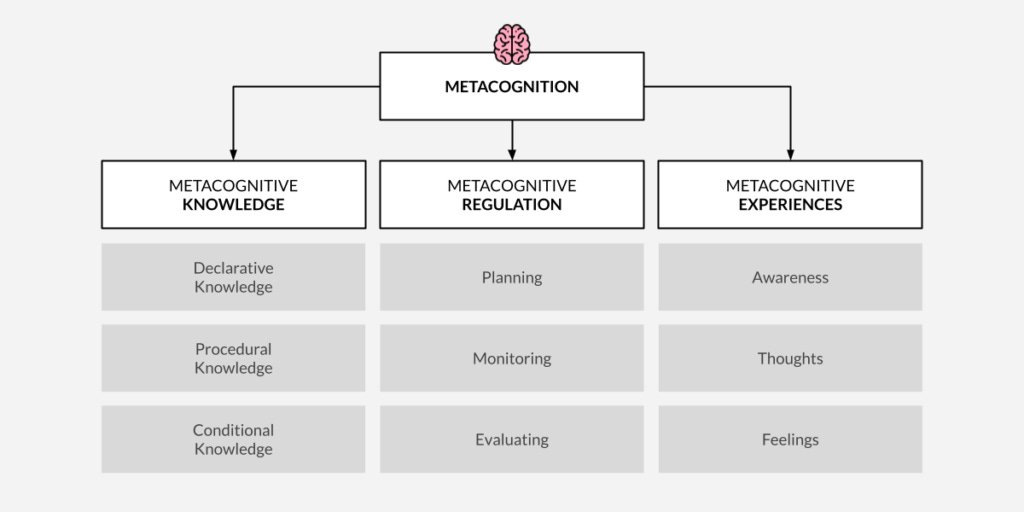
By tracking our actions over time and noting how our actions impact our stress and attention levels, we can begin to identify problem-areas in our executive function.
The best way to improve meta-cognition, in my experience, is to journal. The act of writing forces us to take our thoughts, feelings, and emotions, and put them into words.
Journaling improves our awareness over time by creating a record. We can track changes to ourselves over time, making the thought of change less scary and more a part of everyday life. Each moment is in constant flux, perpetual change.
As this journal builds over time, we can begin to identify our consistent problems and even more importantly, our solutions to those problems. We can review the past for what worked and apply our previous actions in the future.
If we are not aware of what works and what doesn't, we go in a loop, unable to change (see Entry #5 for more details on the problem-solving loop).
Take a few moments to review the executive function image from above to identify areas that you may struggle with. Keep these issues in mind as we move on to the next section (or consider writing them down 👀 ).
I will be explaining more about how I journal and the benefits of using a second brain to track meta-cognition over time by building a second brain for my paid subscribers. If you are interested in learning how to improve your thinking about thinking, while building an life-long asset for yourself, please consider subscribing. I am very excited to begin building with you ✨
Solution 3: Use Awareness to Create a Self-Regulation System
Once we have learned how to regulate ourselves through mindfulness, identified our problems and how we typically solve them (or consistently fail to solve them) through meta-cognition and our second brains, we are ready to begin considering automating our self-regulation system.
I can look at what typically dysregulates me, causing impairments to my executive function skills, and can brainstorm ways to increase regulation while decreasing impairment.
For example, if I know that checking my email each morning first thing when I wake up dysregulates me and decreases attention (see Stolen Focus), I can move my phone outside of my bedroom, changing the location cue of my device. This removes the trigger for the response of stress, opening up a new potential future.
I can use this newfound attention in the morning to do a meditation, further increasing my attention span and reducing my stress level to begin my day. Stacking this new meditation habit with journaling, I can level-up my meta-cognitive skills to further optimize my actions for the rest of my day.
Remember, habits are merely trigger (cue) --> craving --> action (response) --> reward. An automated system.
By identifying the cues we would like to change, we can modify the triggers to avoid them in the first place. This method can reduce stress and improve our overall regulation and attention throughout the rest of our day.
As another example, considering productivity, we can identify actions that repeatedly take a long time, eating up our days and causing us time-stress. Applying the Pareto Principle (80/20 Rule), we can select the 20% of repeatable time-sink tasks that are causing 80% of wasted time and build an automation system to reduce their impact.
These repeatable actions can be automated by software, changing habits, removing the tasks entirely, etc. For example, Zapier is task-automation software. You can select a trigger and the desired action. When the trigger occurs, the action automatically follows.
As creators/knowledge workers building our flywheel (see Entry #8), this task-automation becomes a very powerful tool for building momentum, saving energy, and reducing stress.
For example, if I write a newsletter and publish it to my website I can use that trigger to cause an action, such as send the newsletter to my subscribers, send a tweet, post to Pinterest, Instagram, etc., all at once. I can save perhaps an hour or more of scheduling and modifying content through a single automation.
By developing my meta-cognition and becoming more aware of my problems over time, I can identify my major problems and build a system that saves me time and energy, while improving my stress-levels.
There is no end to the ways that I can build a system that works for me.
But I cannot build a system that works for you. You must identify your own stressors and build a system that solves your own unique set of problems. I can merely mentor and guide you on your way towards self-actualization, you have to be the one to take the steps forward.
That said, there is a new player in the game: artificial intelligence.
Next week
I hope that this entry gave you a good overview of how self-regulation and meta-cognition can be incredibly powerful tools to help with executive dysfunction.
Let me know if you found this newsletter helpful, I am always looking to improve my teaching style 😌
Next week, we will consider how AI can be used to help structure and optimize this automated self-regulation system so that we can build up our passive income flywheel as creators and knowledge workers.
Stay tuned ✨
P.S. If you found this newsletter helpful, please consider subscribing to my paid content or supporting me by buying me a coffee to fuel my writing and research. Any support is much appreciated 🫡
Here are some more resources on these topics:





